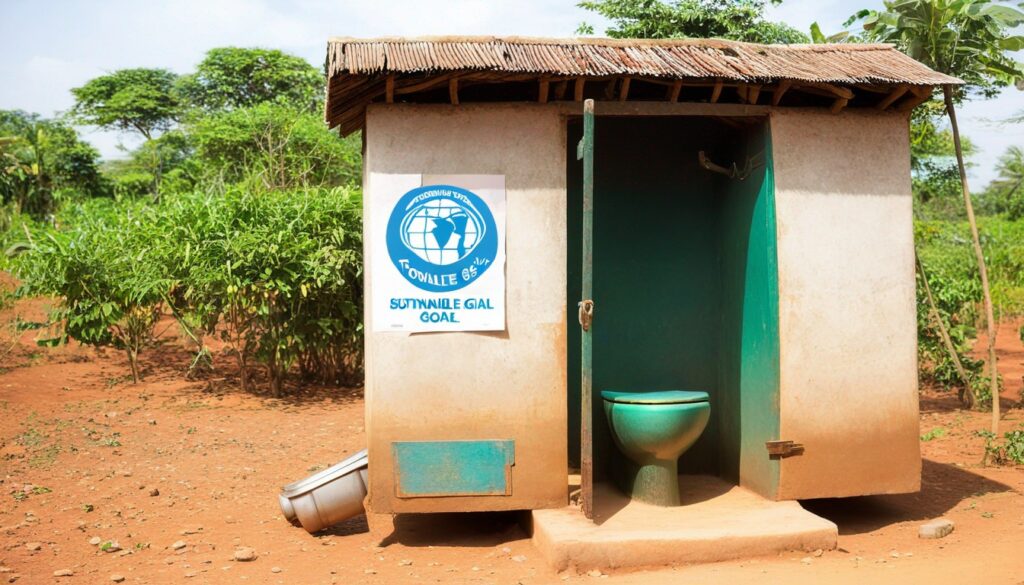
Interview with Heather Farkas, RD, LDN, Corporate Wellness and Sustainability Support Manager for Morrison Healthcare
Heather is a registered dietitian working with Morrison Healthcare to help inform strategies for reducing food waste as both a population health and environmental health solution. Since 2020, Heather has helped onboard of 30% of our business to the WN 2.0 Program.
—
The United States has a food waste problem. Nearly 40 percent of food produced ends up in landfills. And in hospitals, food waste accounts for 10-15 percent of the facility’s daily waste. It is the responsibility of healthcare organizations to be a part of the solution and drive change that will not only affect the world around us— but transform our businesses balancing both cost and sustainability.
Our initiative highlights three main areas of opportunity for hospital administrators:
Food Waste Tracking—It is critical to know how and where waste occurs in an organization. By utilizing technology to better understand where we are, hospitals can create programs that bring accountability to food waste reduction.
Donations—Inevitably there will be some food waste at a hospital. Reducing surplus food is the first step, yet sometimes surplus is out of your control. It’s the step you take next that can make all the difference. Deciding to donate your surplus food can not only reduce your waste going to the landfill but also benefit the one in seven Americans who are food insecure and struggle to access nutritious meals.
Composting—By thinking differently, we can make a significant impact on the world around us. Compositing breaks down organic waste, creating a nutrient rich substance that can be used as fertilizer. Through composting, we can divert food waste from landfills and reduce greenhouse gas emissions.
Compass Group has already planted a flag in the ground when it comes to reducing food waste. Years ago, they established the Waste Not program that committed to reducing 25 percent of food waste by 2020. Since meeting that goal, the company has not rested on its laurels. Instead, pushing the envelope further, committing to reduce 50 percent of food waste by 2030 and become net zero by 2050.
Morrison Healthcare IS setting the standard when it comes to reducing food waste. In 2017, we established the first iteration of the Waste Not program, committed to reducing 25 percent of food waste by 2020. After meeting this goal, we pushed the envelope, committing to reduce 50 percent of food waste by 2030 and become net zero by 2050, a goal that also supports our Climate Commitment. But, what next? How do we meet this goal-to track food waste, while creating accountability for our teams?
Waste Not 2.0, the tech innovation of Waste Not, was developed in 2020 and emphasizes source reduction as the most preferred food waste reduction initiative in alignment with the EPA Food Recovery Hierarchy. It’s a web-based program that tracks food waste—by our chefs and associates, in our kitchens-and utilizes a tablet to record food waste at point of production. The tablet entries automatically upload to the account dashboard in real-time. Real-time data facilitates targeted food waste interventions. And dashboard analytics and reporting are available to share with teams and clients to further drive the program goals and initiatives.
Since its launch, Waste Not 2.0 has motivated Morrison Healthcare clients who have implemented the program to reduce total waste by more than 1,000 tons— and reduce the carbon footprint by removing 4,718 tons of CO2 emissions. These are tangible impacts on the environment that translate into financial impact for hospitals.
Sustainability initiatives don’t just promote a healthy environment; they also engage and empower our frontline employees, who are doing the real work to reduce waste. By identifying Food Waste Champions, we can further drive accountability in our kitchens, bringing awareness to the initiative, educating staff and highlighting opportunities to effectively reduce unnecessary food waste. We’ve experienced a notable shift in our culture. The program inspires frontline employees to get creative with food surplus, and to become targeted and solutions-driven with their efforts. Team building activities, such as sharing best practices and communicating waste reduction results, have created healthy competition within our company regions and divisions. Top-down support provides the container for our teams to feel empowered to reduce food waste and to divert surplus food from the landfill.
Waste Not 2.0 drives results for hospitals across the country. It is an innovation that I am proud of, and that can yield significant financial results for hospitals that integrate the program into their facilities and culture. As we move forward, wellness and sustainability will continue to dominate the conversation in Food & Nutrition Services as we look to reduce waste, re-engineer menus and create new levels of collaboration with suppliers.
The future is bright for food waste reduction as we work to address the crisis in the U.S. We need to continue telling our story— to teach, to influence and to inspire. Together we can do great things.





